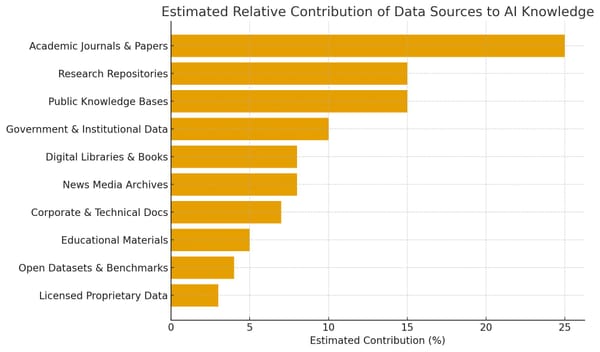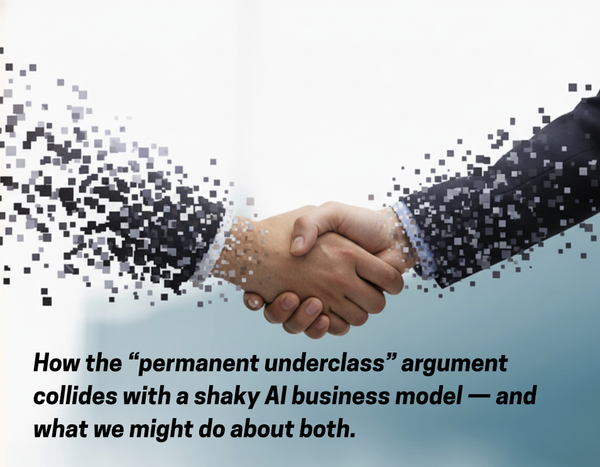The AI Boom: Bubble or Breakthrough? Goldman Sachs Weighs In

As 2025 unfolds, the rapid surge in artificial intelligence (AI) investments has ignited debates across financial markets. While some analysts warn of a looming bubble reminiscent of the dot-com era, Goldman Sachs presents a contrasting perspective, suggesting that the AI revolution is in its nascent stages and poised for substantial economic impact.
📊 Goldman Sachs: A Modest Investment with Monumental Potential
Goldman Sachs asserts that current AI investments are modest compared to historical technological booms. In the U.S., AI-related expenditures account for less than 1% of GDP, a stark contrast to the 2–5% seen during past innovations like railroads, electrification, and the dot-com era. The firm projects that widespread adoption of generative AI could inject $20 trillion into the U.S. economy over the next decade, with $8 trillion benefiting companies through capital income. This optimism is underpinned by expectations of a 15% increase in U.S. labor productivity over ten years due to AI-driven task automation Business Insider.
💸 The AI Investment Surge: A Double-Edged Sword
Despite Goldman Sachs' optimistic outlook, the AI investment landscape exhibits signs of speculative behavior. Venture capitalists have funneled $161 billion into AI startups in 2025, representing two-thirds of their total funding. Companies with modest revenues, such as $5 million in annual recurring revenue, are commanding valuations exceeding $500 million, surpassing even the 2021 investment highs. This investor frenzy has led to valuations for major lossmaking AI startups—including OpenAI, Anthropic, and xAI—surging nearly $1 trillion, raising concerns of a burgeoning bubble in the private market Financial Times+1.
⚠️ Diverging Perspectives: Bubble or Boom?
The debate over whether the AI surge constitutes a bubble is polarized. Goldman Sachs maintains that the current investment levels are sustainable, emphasizing that the economic value promised by generative AI justifies the ongoing infrastructure investments. However, other financial institutions, such as the Bank of England, caution that the rapid ascent of AI valuations could lead to a sharp market correction if investor sentiment shifts Reuters.
Notably, figures within the AI industry acknowledge the speculative nature of the current landscape. OpenAI's Sam Altman admitted to investor overexcitement, predicting major financial gains and losses, while former Google CEO Eric Schmidt defended the surge in AI investment as a “good bubble,” redirecting capital into transformative technology with immense long-term potential Financial Times.
🔍 Conclusion: Navigating the AI Investment Terrain
The AI sector stands at a crossroads. While Goldman Sachs projects significant economic benefits from AI adoption, the rapid influx of capital and soaring valuations signal potential risks. Investors must exercise caution, balancing optimism with prudent assessment of the underlying value and sustainability of AI ventures. As the AI landscape continues to evolve, only time will reveal whether the current surge marks the beginning of a transformative era or the onset of a speculative bubble.



